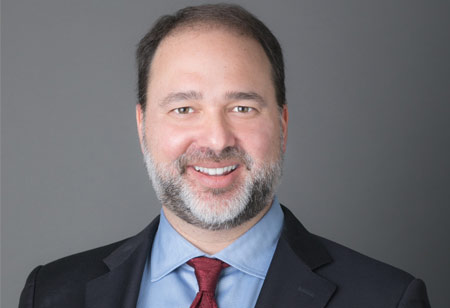Thank you for Subscribing to Healthcare Business Review Weekly Brief

As Healthcare Leaders, We Must Remember to Look After Our Own
Healthcare Business Review
If the conversation surrounding mental health was already becoming more open and less stigmatized prior to 2020, the COVID-19 pandemic drove home the growing need for accessible treatment options.
The pandemic led more people than ever before to either take a prescription medication for a mental health condition or receive therapy. The group that felt the effects of those uncertain times the most was young people. In June 2020, a startling 63% of individuals, ages 18-24, reported symptoms of anxiety or depression. A May 2021 survey found that nearly 3 in 4 parents of kids age 2 or older said that the pandemic had negatively affected their child’s mental health.
After the initial surge of the pandemic overwhelmed our hospitals and medical professionals, we collectively focused on making sure that young people were able to get through these turbulent times. Children suddenly had to attend school virtually, suffering from not only a change in their routines but often a lack of access to healthy food and security. They missed significant life events that they won’t necessarily have a chance to relive. Their mental and emotional growth was stunted.
When it comes to relationships, it’s often said that there are flowers and gardeners. Flowers — like many of the young people who struggled with the upheaval of routine early in the pandemic — need nurturing, attention, and support to survive and thrive. Gardeners see their primary role as caregiver, adapting to the needs of flowers to help them flourish.
As healthcare professionals, we tend to be the gardeners. We’re the ones assessing our patients’ needs, checking vital signs, and ordering bloodwork. We’re the ones determining which level of care will give them the best chance to feel whole again.
The pandemic’s effects hit each and every one of us. To some degree, we’ve forgotten how to interact. As human beings, we thrive on the connected feeling being around others provides.
As we return to at least some sense of normalcy, we’re starting to emerge from the collective loneliness we experienced.
We’ve listened as our children talk about and process their feelings. We’ve lamented the fact that nearly 800,000 Americans age 65 and older succumbed to COVID-19, many alone in hospital beds.
But what happens when we gardeners ignore our own needs?
The front-line burden for healthcare workers has been devastating for the past 2 1/2 years. Whether due to a lack of personal protective equipment, inadequate emotional support, or the physical conditions of the workplace, healthcare professionals are at an extreme risk for burnout. Sixty percent of front-line workers said that the pandemic negatively impacted their mental health, but less than a quarter of those reported accessing the help they needed. Those who didn’t seek help cited being too busy or unable to get time off work, feeling afraid or embarrassed, or not being able to afford it.
We must proactively provide the same help for our healthcare workers as our patients expect from them
As leaders in this profession, the buck stops with us. We must proactively provide the same help for our healthcare workers as our patients expect from them. We must take the time to understand that certain demographics within these populations are more at risk for suffering from mental health concerns and we must take steps to ensure that we’re not just talking the talk but walking the walk.
After all, our gardeners need water too.









